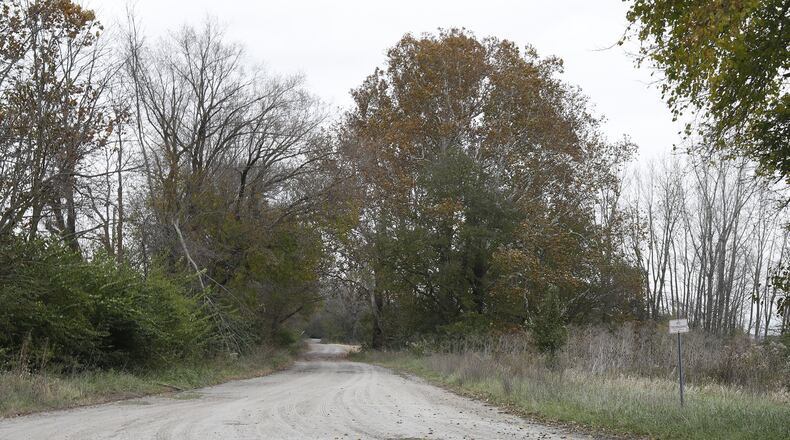“Defendant managed a large pile of road de-icing salt at the site,” according to the lawsuit. “Salt delivery and construction of the salt pile for the winter season typically took 10 to 13 weeks. The salt pile was not covered.”
Convey It Inc. did not respond to messages seeking comment this week.
PREVIOUS REPORTING: Salt pile declared a public health nuisance
The lawsuit says that when it rained or snow, salt would dissolve and be transported by runoff.
“The salty runoff would infiltrate the ground and migrate to the shallow groundwater,” the lawsuit says.
The operation was stopped in 2010, court documents say.
“Residual amounts of salt remains in the soil at the site which has impacted and continues to impact groundwater,” the lawsuit says.
The Clark County Combined Health District did tests in the area at the time of the contamination, according to the lawsuit, and found there were high chloride levels found in the water. Results showed 8,280 mg/l and the secondary maximum level for chloride is 250 mg/l.
On top of that, cyanide was detected in one groundwater sampling that was collected in 2010, according to the lawsuit.
READ MORE: City commissioner wants to know why pile is allowed close to city
The contamination could cause problems for Springfield residents. The lawsuit says the Mad River Valley Buried Aquifer is vulnerable. Both private and public drinking water wells are supplied with the groundwater there, court documents say.
The Springfield public water system is just three miles down the road from the site, the lawsuit says. The water goes to 70,000 people, mostly Springfield residents.
While the suit says the area is still possibly contaminated, Health Commissioner of the Clark County Combined Health District Charles Patterson said he feels the area might be recovering from it.
“We have not done any recent tests since the salt pile was ordered removed by the board of health and the company complied,” Patterson said. “If you look at the tree line that was killed by the salt runoff, it is starting to show new growth. That is a good indicator that the surface contamination has abated.”
READ MORE: Springfield crime lab new tool to fight drugs
The lawsuit requests the court to make Convey It Inc. do an investigation to determine the rate, extent, and concentration of the salt in the ground and remove any and all of it. The Ohio Attorney General’s office also seeks for the court to make the company pay the state treasury in civil penalties and to pay for the department’s attorney and court costs.
By the numbers
$25,000: Minimum money sought by AG’s office for cleanup
30,000 to 40,000: Tons of salt stored at Tremont City Road site during a season
8,280: Chloride levels per milligrams per liter near site
250: Maximum contaminant level for chloride in milligrams per liter
Continuing Coverage
The Springfield News-Sun provided the best coverage of the salt pile nuisance years ago and will continue to follow this story to ensure drinking water is safe in Springfield.
About the Author
